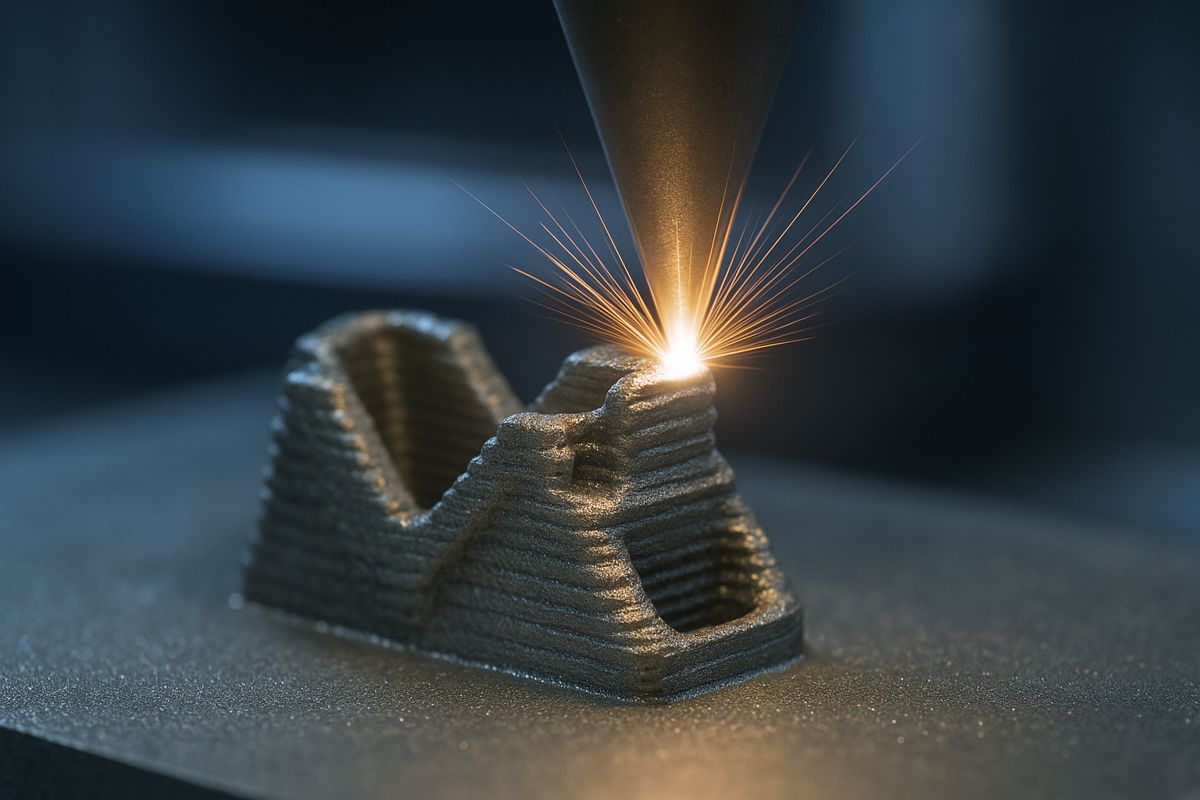Gemstone Polishing Waste in Sustainable Cement
Cement, the backbone of modern construction, is also one of the most carbon-intensive materials on Earth. Accounting for nearly 8% of global CO2 emissions, its production is under growing scrutiny as the world seeks greener alternatives. With infrastructure demand continuing to climb, researchers are turning to innovative materials that can both reduce emissions and enhance performance.
One such innovation comes from an unlikely source, gemstone polishing waste. A team of researchers from Wuzhou University and Guangzhou University in China has discovered that silicon carbide, a key by-product of gemstone processing, could play a transformative role in reducing cement’s environmental footprint.
From Waste to Resource
Silicon carbide is an inert, durable compound widely used as an abrasive for cutting and polishing gemstones. Found in rock tumblers, industrial saws, and sanding belts, it’s a staple in the gemstone industry, and a major source of waste. Massive quantities of silicon carbide grit are discarded, particularly in Guangdong Province, a global hub for gemstone processing.
In their study published in AIP Advances, researchers explored how this waste could serve as a valuable additive in cement manufacturing. Their dual goal was simple yet ambitious: divert nonbiodegradable silicon carbide waste from landfills while improving the performance of one of the world’s most crucial building materials.
As lead author Xiaowei Ouyang explained: “The study was motivated by the environmental challenges posed by gemstone polishing waste, a nonbiodegradable by-product rich in silicon carbide. This problem is massive, cement is a major CO2 emitter, and gemstone polishing waste exacerbates landfill issues globally. Our research focuses on low-carbon materials, offering a way to turn waste into functional additives while addressing climate goals.”
A Multiscale Approach to Innovation
The research team conducted a comprehensive series of tests across multiple scales, from molecular chemistry to the full structural properties of hardened cement. They analysed how gemstone polishing waste interacted with key cement components, particularly calcium ions, which play a vital role in hardening and strength development.
At the nanoscale, they observed how ion interactions affected hydration reactions and microstructure formation. These microscopic insights revealed how subtle changes in particle chemistry could have far-reaching effects on material behaviour.
Ouyang highlighted the unexpected outcomes: “The most interesting part was the multiscale integration, seeing how nanoscale ion interactions directly influenced macroscale properties like conductivity. What surprised us most was that gemstone polishing waste significantly enhances thermal conductivity up to 159% and reduces electrical resistivity by up to 94% in cement, revealing an unexpected potential for ‘smart’ materials.”
Towards Smarter, Greener Building Materials
The implications of these findings extend far beyond waste management. The enhanced thermal and electrical properties suggest that silicon carbide-infused cement could be used to create intelligent infrastructure. For example:
- Energy-efficient panels: Cement-based walls or floors capable of passive heating and cooling by conducting heat efficiently.
- Embedded sensing systems: Bridges or tunnels that can detect internal stress or damage by monitoring conductivity changes.
- Advanced construction composites: New classes of concrete materials optimised for resilience, energy transfer, or data integration.
This marks a significant step toward what could be termed “functional cement”, materials designed not only for structural integrity but also for energy performance and embedded intelligence.
The Science Behind the Strength
Central to the research was the investigation into how silicon carbide particles interact with calcium ions during the hydration process, a fundamental stage in cement hardening. The researchers discovered that while the particles showed relatively weak ion affinity, this property could be tuned to influence the hydration rate and pore formation, ultimately affecting strength and durability.
By understanding these interactions, scientists can engineer mixtures that achieve the ideal balance between environmental benefit and mechanical performance. In effect, gemstone waste could become a key ingredient in high-performance, low-carbon cement formulations.
A New Chapter for Sustainable Cement
The research team isn’t stopping at laboratory results. Their next phase involves refining the waste-to-cement formulations, assessing long-term durability, and conducting real-world field trials. They also plan to apply their findings to other forms of industrial waste, further expanding the potential of circular materials in construction.
Silicon carbide’s introduction into cement research represents a paradigm shift, a bridge between industrial waste management and climate-conscious construction. Instead of viewing gemstone waste as a disposal problem, it’s now being reframed as a valuable resource capable of strengthening both concrete and sustainability efforts.
As governments and industries move toward net-zero targets, materials that combine durability, functionality, and environmental responsibility will be in high demand. Turning waste into strength might just become one of the defining innovations in the future of sustainable infrastructure.
![]()



















